|
In 1948, the Community Center hosted the opening ceremony of the First Azalea Festival. Founded by Hugh Morton and Dr. W. Houston Moore, the Festival drew 75,000 visitors to Wilmington to witness such scenic attractions as Greenfield Lake, Airlie Gardens, and Orton Plantation. Major events included a downtown parade and the coronation of the Azalea Queen by Governor R. Gregg Cherry. On the morning of April 9, a crowd of 2,000 people assembled in front of the center to hear renowned ABC news commentator Ted Malone deliver a special edition of his national radio program, which was carried by 275 stations and enjoyed a loyal following estimated at 25,000,000. The ceremony marked the appearance of the Azalea Queen, RKO starlet Jacqueline White, whom Malone introduced to the cheering throng.
By the 1960’s, the focus of activities had shifted from recreation to the arts, which had entered a phase of renewed growth. The Arts Council of the Lower Cape Fear made its first headquarters here. The city renamed the building the Community Arts Center in 1973 in recognition of this changing mission. The following year, it was placed on the National Register of Historic Places.
Today, the center is a major cultural resource for New Hanover County. More than 24,000 men, women, and children register annually, representing 50 profit and nonprofit organizations. The building hosts crews and production facilities for movies, television shows, and commercials. Arts programs are offered to the community in stage and film acting, aerobics, ballet, drawing, fiction writing, guitar, jazz dance, modern dance, monologue, oil painting, pottery, photography, stage dance, stained glass, tap dance, vocal music, and yoga. Hundreds of citizens vote here each Election Day. Recent special events have included “USO Dances” for the 50th Anniversary of V-J Day in 1995 and the Wartime Wilmington Commemoration of 1999. Dedication of the Hannah Block Second Street Stage in 1997 honored one of Wilmington’s greatest civic leaders.
For more than half a century, the Community Arts Center has brought generations together, provided children with programs that challenge them creatively, and enhanced the quality of life of residents throughout the region. As Wilmington Magazine has commented, “the spirit and purpose that called it into being still reside within its walls.”
Dr. Everard H. Smith prepared this history.
|


